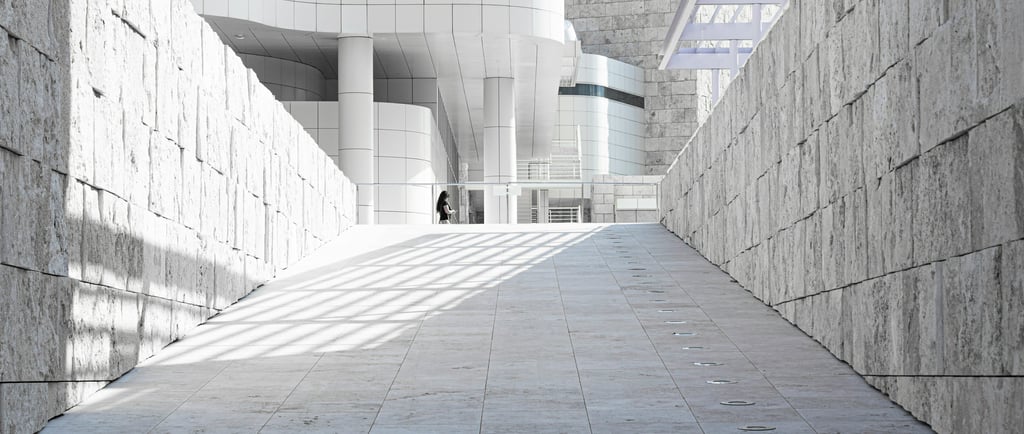Accessibility: Key to Inclusive Living
Welcome to the Hochheiden Property Management blog, your experienced partner for property management in Berlin. In today's society, awareness of inclusion and the importance of accessibility in housing has been steadily growing. Accessible living allows people with physical disabilities, older individuals, and families with young children to lead independent lives. In this post, we aim to shed light on the importance of accessibility in residential buildings, highlight key aspects, and provide tips on how property owners can design their properties accordingly.


What is understood by accessibility?
Accessibility means designing living spaces and public areas in a way that they can be used by all people without external assistance and without restrictions. This includes access to buildings, freedom of movement within apartments, and the use of all facilities and services.
Key aspects of accessibility
Access points and entrances: Barriers such as stairs and high thresholds should be replaced or supplemented by ramps, level access, and automatic doors.
Elevators: In multi-family homes, elevators are a crucial element of accessibility, especially for access to higher floors.
Sanitary facilities: Accessible bathrooms with walk-in showers, accessible sinks, and sufficient space for movement are essential for independence.
Wide doors and corridors: Freedom of movement with wheelchairs or mobility aids must be ensured through sufficiently wide doors and corridors.
Advantages of accessible living
Inclusion: Accessibility enables people with disabilities or mobility impairments to actively participate in social life.
Future-proofing: Given demographic changes and an aging population, accessible living is becoming increasingly important. Properties that meet these standards are future-proof and retain their value.
Comfort: Many elements of accessible design, such as walk-in showers, increase comfort for all users.
Tips for implementation
Assessment: Start with an assessment of existing barriers in your property. This can be done in collaboration with professionals specializing in accessibility.
Funding opportunities: Research state funding programs and grants for measures to establish accessibility.
Planning and implementation: Involve experts in the planning and implementation of renovation measures to ensure that all measures meet accessibility requirements.
Conclusion
Accessibility is more than just a structural requirement – it is an expression of inclusion and respect for the diversity of society. As a property owner, you contribute to enabling all people to lead independent lives. Hochheiden Property Management is happy to support you in planning and implementing accessible measures in your properties.
Do you have questions about accessibility or need professional assistance with adapting your properties? Contact us – we are here to support you with our expertise and experience.
Contact
info@hochheiden-hv.de
Socials
Stay informed at all times
+49 30 692 099 540
